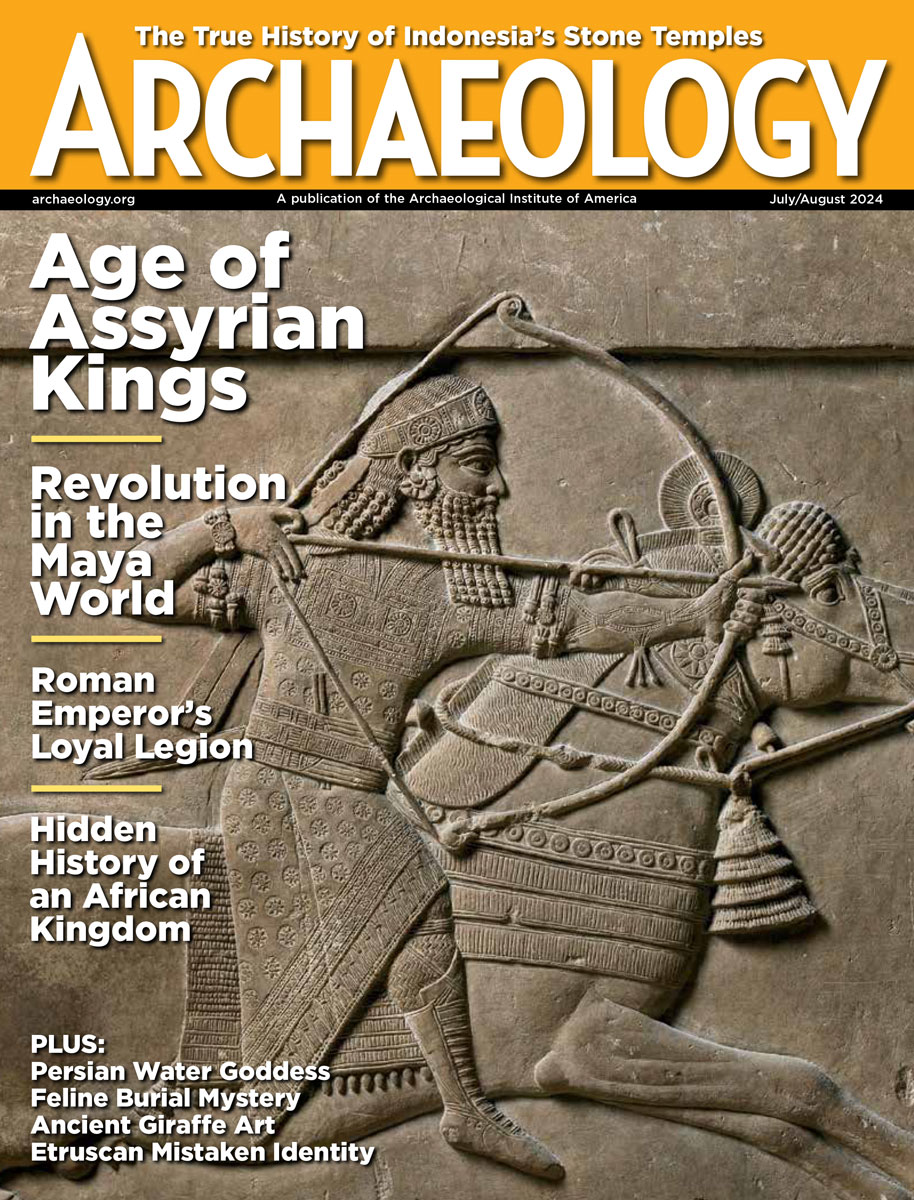Monday, February 11
February 11, 2008
Grave goods found within a burial in Britain could be the first archaeological evidence of Druids, according to a report in British Archaeology. A wine warmer, a cloak pinned with brooches, a jet bead, surgical instruments, tea-brewing items, and a board game fit in with a description of Druids written by Julius Caesar in 55 B.C.
Excavations have begun at Sisupalgarh, in the Indian state of Orissa. “These cities from a very early time, about the third or fourth century B.C., were very densely populated and urban in every sense of the word,” said archaeologist Monica L. Smith of the University of California.Â
South Korea’s Namdaemun, or Great South Gate, has been destroyed in a fire that may have been set by an arsonist. The gate was the main entrance to Seoul when it was constructed of stone and wood in 1398, and was rebuilt in the 1960s. “It feels like the pride of the nation and hope is lost and crumbled,” commented an onlooker.Â
A team of paleoanthropologists analyzed the strontium levels in a Neanderthal tooth discovered in southern Greece in 2002, and found that the individual had grown up at least 12.5 miles away from where the tooth was found. Team member Eleni Panagopoulou asserts that Neanderthal “settlement networks were broader and more organized that we believed.” Â
King Henry VIII’s warship the Mary Rose was raised from the bottom of the Solent in 1982, and conservators have been able to stabilize the ship’s timbers. Slivers of wood are now being studied at the Diamond synchrotron in order to look at the wood at the cellular level. “Essentially, what we are trying to do is to fine-tune the conservation process so that it lasts for many, many more centuries,” said biochemist Mark Jones. Â
A ceramic pot and a ladle looted from New Mexico’s El Malpais National Monument are among the stolen artifacts identified in a federal investigation in California.Â
The online auction house eBay has agreed to buy back hundreds of historic items stolen from New York State’s archives.
- Comments Off on Monday, February 11









